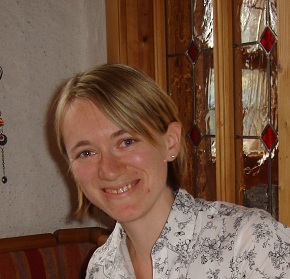Publication of the month February (2015)

Structure and Mechanism of an Aspartimide-Dependent Peptide Ligase in Human Legumain
Elfriede Dall, Julia C. Fegg, Peter Briza, and Hans Brandstetter
Abstract:
Peptide ligases expand the repertoire of genetically encoded protein architectures by synthesizing new peptide bonds, energetically driven by ATP or NTPs. Here, we report the discovery of a genuine ligase activity in human legumain (AEP) which has important roles in immunity and tumor progression that were believed to be due to its established cysteine protease activity. Defying dogma, the ligase reaction is independent of the catalytic cysteine but exploits an endogenous energy reservoir that results from the conversion of a conserved aspartate to a metastable aspartimide. Legumains dual protease–ligase activities are pH- and thus localization controlled, dominating at acidic and neutral pH, respectively. Their relevance includes reversible on–off switching of cystatin inhibitors and enzyme (in)activation, and may affect the generation of three-dimensionalMHCepitopes. The aspartate– aspartimide (succinimide) pair represents a new paradigm of coupling endergonic reactions in ATP-scarce environments.
The open access article can be found here.
Reviewed by Josef Thalhamer




